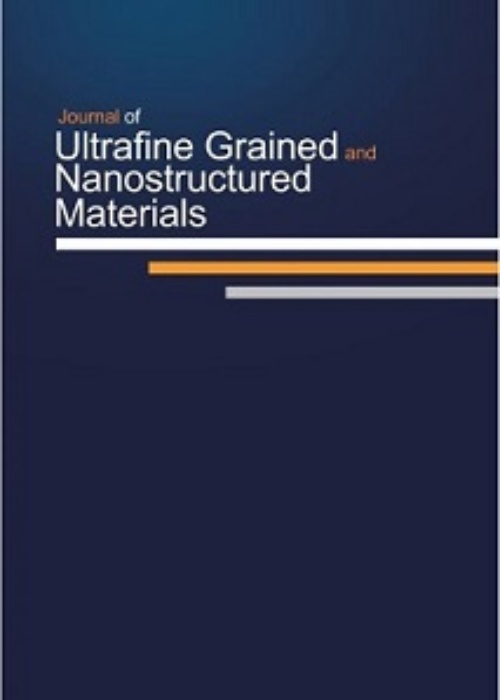In vitro Corrosion Behavior and Biological Properties of Magnesium- Zinc-Calcium Alloy Coated with Polycaprolactone Nanofibers
Author(s):
Article Type:
Research/Original Article (دارای رتبه معتبر)
Abstract:
Magnesium alloys have received great attention for the medical applications due to their desired properties.But the main problem of magnesium alloys is the high rate of degradation which provides not enough time for healing.Therefore, in this study, it was tried to control the corrosion rate of Mg-Zn-Ca alloy by applying a nanofiber of polycaprolactone polymer coating and investigate the behaviors such as biocompatibility and rate of degradation. For this purpose, the polymer nanofibers were prepared by electrospinning method and applied on the surface of magnesium-zinc (4 wt. %) -calcium (2 wt. %) alloy, and the corrosion behavior and biological properties were compared with the uncoated alloy. corrosion behavior was measured with Tafel polarization test as well as hydrogen test in body fluid simulation solution, measurement of the pH of the solution after sample destruction, wettability angle test, cytotoxicity test and cell adhesion test.The Tafel polarization test showed that the applied coating increased the corrosion potential from -1.5 to -0.6 volts and corrosion rate reduced by about two order of magnitudes. The amount of hydrogen emitted by the corrosion reaction in the coated sample was much less than that of the uncoated sample. Biocompatibility test showed that the cytotoxicity of the coated sample was 8% lower than that of the uncoated sample. In the cell adhesion test, it was observed that far more cells adhered onto the surface of the coated sample compared to the uncoated sample. The wettability angle on the surface of the coated sample was 128° while that of the uncoated sample was 100°, due to the inherent hydrophobicity of this polymer. Despite the hydrophobicity of polycaprolactone polymer, which is not favorable for cell growth, due to the high biocompatibility of this polymer, coating Mg alloys with this method and material could have some advantages for future implants.
Keywords:
Language:
English
Published:
Journal of Ultrafine Grained and Nanostructured Materials, Volume:54 Issue: 1, Jun 2021
Pages:
93 to 100
magiran.com/p2285158
دانلود و مطالعه متن این مقاله با یکی از روشهای زیر امکان پذیر است:
اشتراک شخصی
با عضویت و پرداخت آنلاین حق اشتراک یکساله به مبلغ 1,390,000ريال میتوانید 70 عنوان مطلب دانلود کنید!
اشتراک سازمانی
به کتابخانه دانشگاه یا محل کار خود پیشنهاد کنید تا اشتراک سازمانی این پایگاه را برای دسترسی نامحدود همه کاربران به متن مطالب تهیه نمایند!
توجه!
- حق عضویت دریافتی صرف حمایت از نشریات عضو و نگهداری، تکمیل و توسعه مگیران میشود.
- پرداخت حق اشتراک و دانلود مقالات اجازه بازنشر آن در سایر رسانههای چاپی و دیجیتال را به کاربر نمیدهد.
In order to view content subscription is required
Personal subscription
Subscribe magiran.com for 70 € euros via PayPal and download 70 articles during a year.
Organization subscription
Please contact us to subscribe your university or library for unlimited access!


